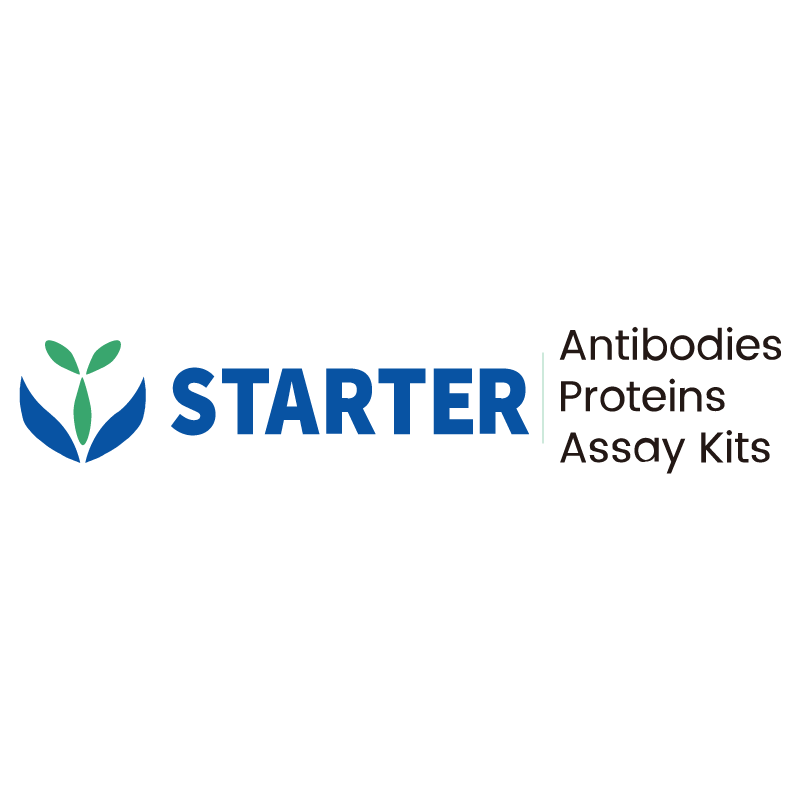WB result of ADAM8 Recombinant Rabbit mAb
Primary antibody: ADAM8 Recombinant Rabbit mAb at 1/1000 dilution
Lane 1: PANC-1 whole cell lysate 20 µg
Lane 2: MDA-MB-231 whole cell lysate 20 µg
Lane 3: Capan-1 whole cell lysate 20 µg
Lane 4: BxPC-3 whole cell lysate 20 µg
Negative control: PANC-1 whole cell lysate
Secondary antibody: Goat Anti-rabbit IgG, (H+L), HRP conjugated at 1/10000 dilution
Predicted MW: 89 kDa
Observed MW: 80-120 kDa
Product Details
Product Details
Product Specification
| Host | Rabbit |
| Antigen | ADAM8 |
| Synonyms | Disintegrin and metalloproteinase domain-containing protein 8; Cell surface antigen MS2; CD156a; MS2 |
| Immunogen | Recombinant Protein |
| Location | Membrane |
| Accession | P78325 |
| Clone Number | S-2546-23 |
| Antibody Type | Recombinant mAb |
| Isotype | IgG |
| Application | WB |
| Reactivity | Hu |
| Positive Sample | MDA-MB-231, Capan-1, BxPC-3 |
| Purification | Protein G |
| Concentration | 0.5 mg/ml |
| Conjugation | Unconjugated |
| Physical Appearance | Liquid |
| Storage Buffer | PBS, 40% Glycerol, 0.05% BSA, 0.03% Proclin 300 |
| Stability & Storage | 12 months from date of receipt / reconstitution, -20 °C as supplied |
Dilution
| application | dilution | species |
| WB | 1:1000 | Hu |
Background
ADAM8 (a disintegrin and metalloproteinase domain 8), also designated CD156a, is a type-I transmembrane metalloproteinase encoded at 10q26.3 that belongs to the ADAM family of cell-surface sheddases; its modular architecture comprises a pro-domain, catalytic metalloprotease, disintegrin-like, cysteine-rich, EGF-like, transmembrane, and cytoplasmic tail domains, endowing it with the dual capacity to cleave extracellular-matrix proteins such as fibronectin and collagen while simultaneously regulating cell–cell and cell–matrix interactions through its disintegrin motif. Physiologically, ADAM8 is expressed at highest levels in immune and neuronal tissues, where it modulates leukocyte transmigration, cytokine and chemokine shedding (e.g., TNF-α, CX3CL1), and neuronal adhesion during development and repair; pathologically, its marked up-regulation in cancers promotes epithelial-to-mesenchymal transition, angiogenesis, and metastasis by attenuating intercellular adhesion and degrading matrix barriers, and in allergic asthma it orchestrates airway remodeling and hyper-responsiveness, rendering ADAM8 a prognostic biomarker and an attractive therapeutic target for anti-metastatic and anti-inflammatory interventions .
Picture
Picture
Western Blot


